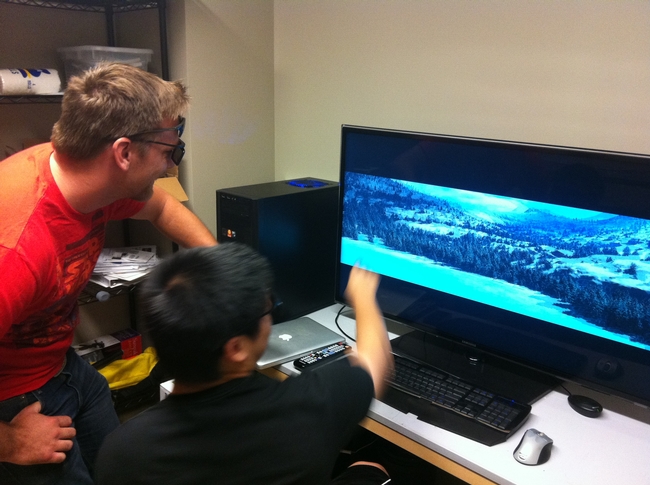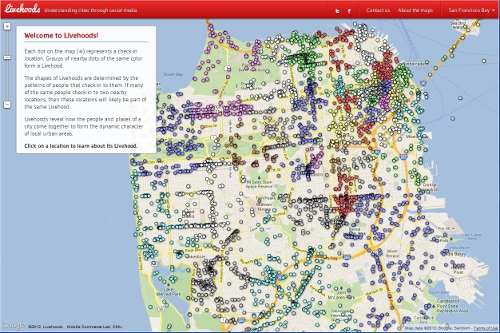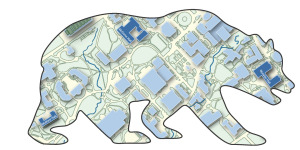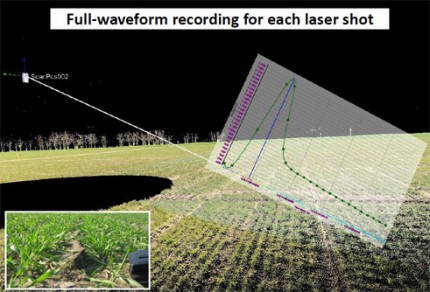A nice article about SNAMP is now in the recent version of California Agriculture. In the same edition is a great series of articles about the 150 anniversary of the Morrill Land-Grant College Act which made higher education available to those in every social class, and brought practical information to a nation that was then more than 50% farmers. Cooperative Extension was born with this Act, and it continues to evolve today. A summary by Janet L. White is here.
California Agriculture 66(2):39-39. DOI: 10.3733/ca.v066n02p39a. April-June 2012.
In 1862, in a nation torn by secession and Civil War, President Abraham Lincoln signed a visionary law that laid the cornerstone of public higher education. The Morrill Land-Grant College Act gave federal public lands to states, allotting 30,000 acres for each Senator and Representative. The total endowment was $7.55 million, then the value of 17.4 million acres. Today, more than 100 land-grant universities serve the nation and the world, including what many believe is the greatest public university in the world, the University of California.
On the 150th anniversary of its passage, we pay tribute to this profoundly democratic law, which made higher education available to those in every social class, and brought practical information to a nation that was then more than 50% farmers. It was followed by other landmark education laws: the 1887 Hatch Act, establishing Agricultural Experiment Stations at universities; a second Morrill Act in 1890, initiating regular funding; the Smith-Lever Act of 1914, establishing Cooperative Extension; and in 1944, the GI Bill. Today, UC's land-grant university thrives as the Agricultural Experiment Stations at UC Berkeley, Davis and Riverside, and in UC Cooperative Extension offices that serve every county.
See see pages 40 to 49 for special coverage of the Morrill Act and its role in building the University of California.









